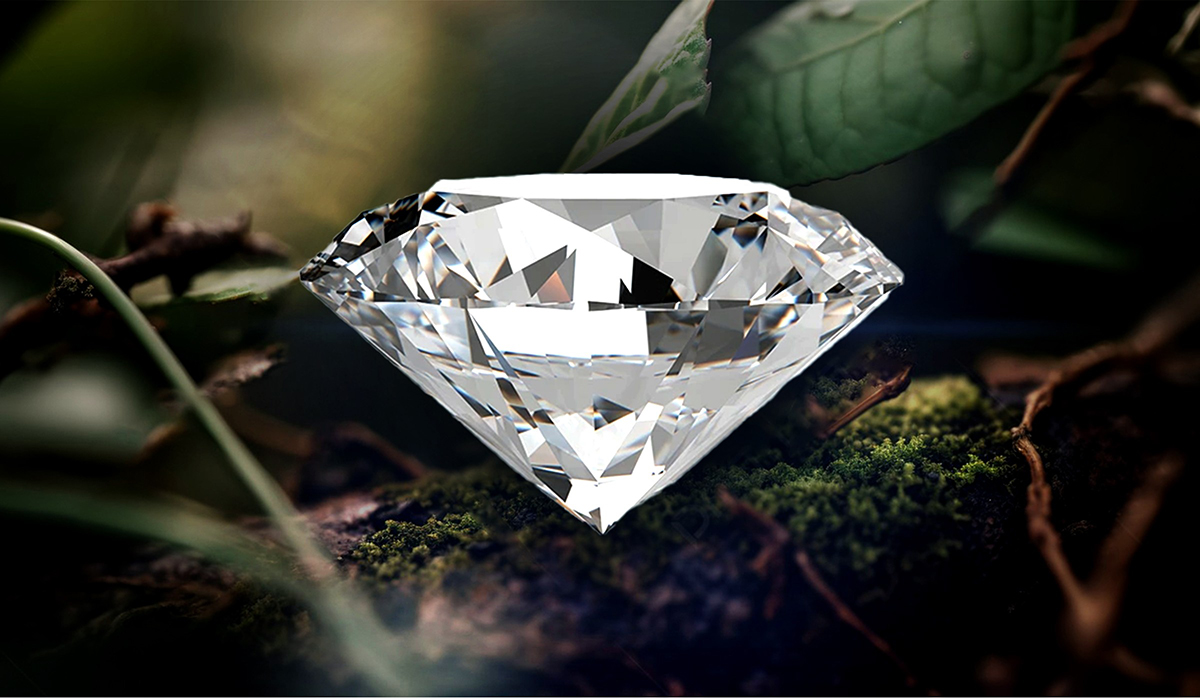The adornments and gemstone ventures have gone through critical changes with the appearance of lab-developed diamonds. Two driving strategies rule manufactured precious stone creation: High Tension High Temperature (hpht vs cvd) and Compound Fume Statement (CVD). These techniques are upsetting how diamonds are made and appreciated, yet understanding the distinctions between HPHT versus CVD can assist purchasers with pursuing informed choices.
Table of Contents
The Essentials of HPHT versus CVD Precious stone Creation
With regards to engineered precious stone creation, HPHT and CVD address two particular cycles with interesting methodologies. HPHT mirrors the normal geographical circumstances under which diamonds structure, while CVD utilizes a more controlled and modernized approach. Understanding HPHT versus CVD includes digging into their procedures.
The HPHT interaction reproduces the outrageous tension and intensity tracked down profound inside the World’s mantle. This technique begins with a little jewel seed put in carbon-rich material. Under temperatures surpassing 2,000 degrees Fahrenheit and tensions above 1.5 million pounds for every square inch, the carbon solidifies around the seed to frame a jewel. Interestingly, the CVD strategy utilizes a chamber loaded up with carbon-rich gases. The gases are initiated by intensity or plasma, separating them to store carbon atoms onto a jewel seed. Over the long haul, this incorporates up layer by layer into a jewel.
Quality and Appearance: HPHT versus CVD
One of the basic factors in the HPHT versus CVD banter is how these techniques impact jewel quality and appearance. The two procedures produce excellent diamonds, yet there are unobtrusive contrasts.
HPHT diamonds frequently display a yellowish or caramel color because of nitrogen contaminations presented during the cycle. However, high level strategies can create almost dismal stones. Then again, CVD diamonds are regularly nearer to drab as the cycle limits nitrogen pollution. However, CVD diamonds might foster a tanish tint during creation, which can be eliminated through post-development treatment.
While assessing HPHT versus CVD, buyers ought to likewise think about lucidity. CVD diamonds will quite often have less considerations than HPHT diamonds, as the development climate in CVD chambers is more controlled. These distinctions in clearness and variety impact customer inclinations and jewel evaluating guidelines.
Cost Contemplations of HPHT versus CVD
In the continuous discussion of HPHT versus CVD, cost assumes a huge part. The two cycles enjoy money saving advantages contrasted with normal diamonds, yet their manufacturing costs shift.
HPHT is many times seen as the more practical technique for creating more modest diamonds. The hardware for HPHT is generally adult and broadly accessible, taking into account proficient huge scope creation. However, while making bigger, great diamonds, CVD offers better adaptability and control, which can decrease costs for premium stones.
The choice between HPHT versus CVD eventually relies upon the expected application and size of the precious stone. Gems makers and modern clients should weigh cost productivity close by quality requests while choosing a creation strategy.
Sturdiness and Primary Respectability in HPHT versus CVD Diamonds
One more key factor to look at in the HPHT versus CVD banter is the solidness and primary uprightness of diamonds created through these strategies. Both HPHT and CVD diamonds have similar hardness and toughness as normal diamonds, yet their inward designs might shift marginally.
HPHT diamonds frequently contain metallic incorporations, leftovers of the great strain hardware utilized during their development. While these incorporations normally don’t influence the jewel’s strength, they can affect its conductivity and attractive properties. Interestingly, CVD diamonds are cleaner and more averse to have metallic considerations. However, the layer-by-layer development process in CVD might prompt strain lines that, while minute, could somewhat impact underlying consistency.
The distinctions in inner designs between HPHT versus CVD diamonds are by and large immaterial for most viable purposes, ensuring the two sorts remain profoundly strong and dependable for adornments and modern use.
Ecological Effect: HPHT versus CVD
Supportability is a developing worry for purchasers, and the natural ramifications of HPHT versus CVD creation strategies merit considering. Lab-developed diamonds are now celebrated for their decreased biological effect contrasted with mined lab created diamonds, yet the two strategies vary in their energy necessities.
HPHT is energy-concentrated because of the requirement for outrageous intensity and strain, which frequently depends on non-environmentally friendly power sources. Conversely, CVD consumes less energy by and large and can all the more effectively coordinate environmentally friendly power arrangements. As buyers become progressively ecologically cognizant, CVD might be viewed as the greener choice in the HPHT versus CVD conversation.
However, the business is making progress to decrease the carbon impression of the two techniques. Propels in innovation and environmentally friendly power reception plan to make HPHT and CVD diamonds much more supportable.
Uses of HPHT versus CVD Diamonds
The decision of HPHT versus CVD can likewise rely upon the planned utilization of the diamonds. The two strategies produce stones reasonable for different applications, however their properties improve them appropriate for explicit purposes.
HPHT diamonds are in many cases utilized in modern settings for cutting, crushing, and penetrating because of their moderateness and toughness. They are likewise a famous decision for little diamonds in gems. Then again, CVD diamonds are liked for bigger, great stones and high level innovative applications, for example, semiconductors and quantum registering because of their immaculateness and customizable properties.
The flexibility of HPHT versus CVD diamonds guarantees they stay important across numerous enterprises, from extravagance adornments to state of the art innovation.
Conclusion: HPHT versus CVD – Which Is Better?
The discussion of HPHT versus CVD at last comes down to needs and inclinations. The two strategies have their assets and shortcomings, offering top notch options in contrast to normal diamonds. HPHT succeeds in reasonableness and productivity for little diamonds and modern applications, while CVD offers unrivaled adaptability, immaculateness, and ecological benefits for bigger stones and trend setting innovations.





